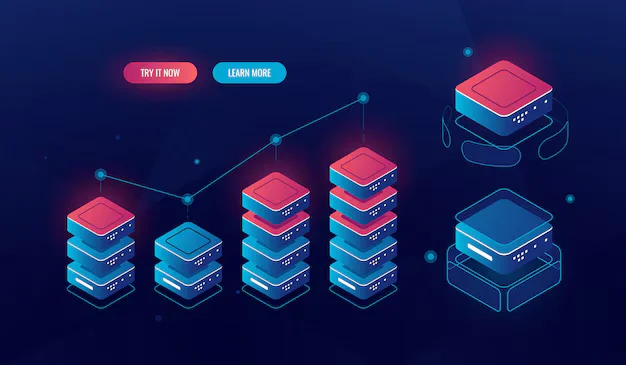What Is a Tech Stack?
Simply put, a tech stack is the collection of tools, applications, and technologies you use together to support a primary function and achieve specific goals.
Think of it as a layered ecosystem: each application in the stack contributes to the overall functionality by addressing specific needs that other tools may not cover.
A Practical Example
Since I’m familiar with Webflow, let’s use it as an example. Webflow is a website design platform, but it doesn’t include every feature you might need. For instance, if I want to add a member section to my site, Webflow doesn’t have that functionality built-in. To fill this gap, I’d look for another application that integrates well with Webflow.
Enter Memberstack—an application designed to add membership functionality to websites. By combining Memberstack with Webflow, I’ve now added a new layer to my tech stack.
As my site grows, I might realize I need additional functionality, like automating social media posts whenever I publish a new blog. After some research, I might choose Zapier, which connects Webflow with other applications to automate tasks. With Zapier, my tech stack expands further.
Why Build a Tech Stack?
A tech stack evolves as your business or project grows. Its size and complexity depend on your specific needs and goals. Creating a good tech stack takes time and research, often involving consultations with others in your industry or team. A well-designed tech stack is part of what makes modern businesses efficient and adaptable.
The Pros and Cons of a Tech Stack
Pros:
- Specialized Performance: Applications in a tech stack are often highly specialized, meaning they excel at performing specific functions.
- Customization: You can tailor your tech stack to address your unique needs by choosing tools that work well together.
Cons:
- Integration Challenges: Figuring out how to integrate different tools can be time-consuming. This is where APIs (Application Programming Interfaces) are essential. Having someone on your team who understands APIs and integrations can save time and frustration.
- Cost: Many tools in a tech stack are subscription-based, so costs can add up quickly as your stack grows.
The Future of All-in-One Solutions
You might wonder, “Is there an all-in-one solution?” While some platforms aim to cover multiple functions, they often fall short of delivering the same level of specialization as individual tools. For now, a truly comprehensive, all-in-one tech stack remains a rarity—a “diamond in the rough.”
Building a tech stack is an iterative process, but it’s an investment in creating an efficient and scalable workflow for your business or project.

Leave a Reply
You must be logged in to post a comment.